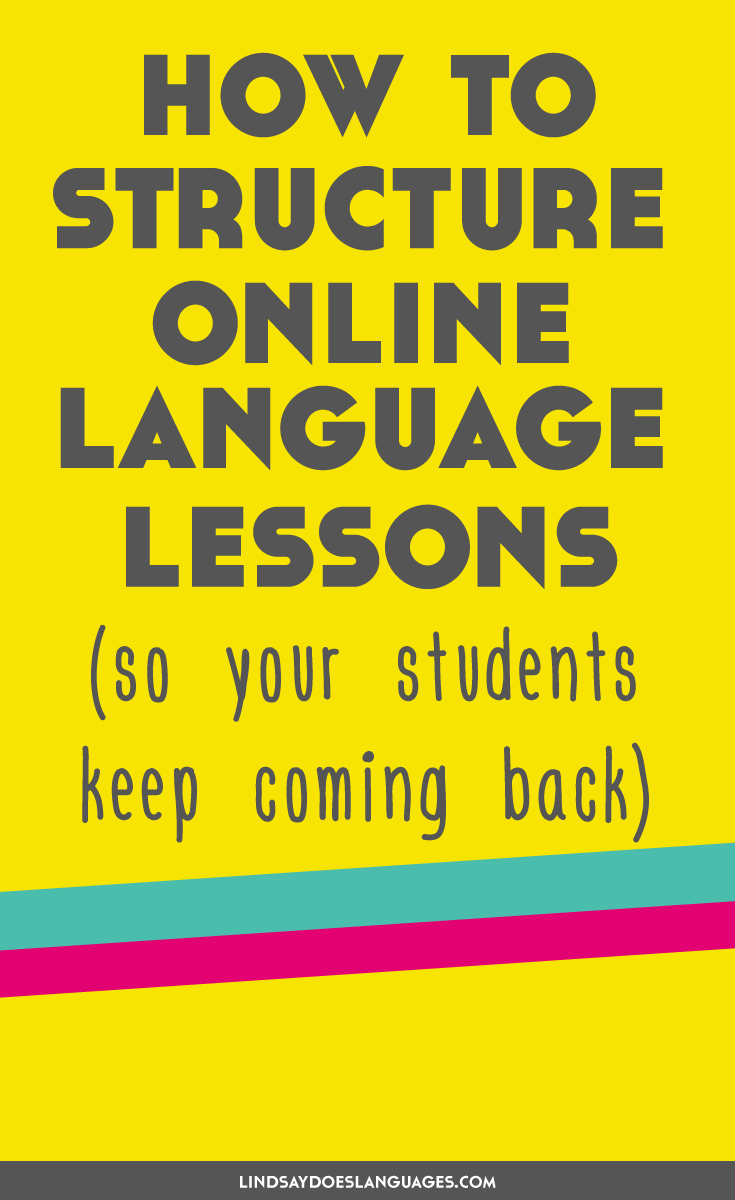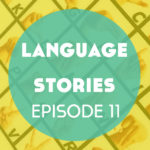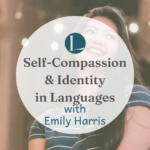September 5th, 2018
How to Structure Online Language Lessons (so your students keep coming back)
It can be tricky at first to know how to structure online language lessons, especially if you’re used to teaching in a classroom. Things are a little different, keeping attention works in different ways, and there’s a whole host of new tech options at your fingertips. If you’re curious about how to structure online language lessons so your students keep coming back, then you’re in the right place.

Starters
Similar to the classroom, having a short activity to begin is a great way to instantly engage students without diving in at the deep end. But what should you include here?
It could be an activity refreshing what you studied the previous lesson or it could be an activity that briefly introduces the topic you’ll be teaching in that lesson.
Whatever you choose, pick something that’s relatively quick, eases students into the lesson, and is enjoyable.
Examples include reading a short text full of vocabulary from the previous lesson, listening to a video clip and identifying grammar points you’ll be leaning in this lesson, or a quick game of some kind. There’s plenty of ideas in 100 Creative Ideas for Online Language Teachers to help you out here.
The key thing with starters to keep students coming back, however, is to not make them too strenuous. Your starter activity is to your lesson what a warm up is to exercise.
Related: 3 Big Creative Reading Ideas for Teaching Languages Online
Plenary + Something Fun to End On
Skipping right to the end now. We want to ensure that are lessons are better than most sandwiches: the “bookends” (bread!) of your lessons are as enjoyable as the main content (the filling!).
I always love to end a lesson with a minute or two reviewing the key points we’ve studied in that lesson before wrapping up completely with something fun to end on. If the starter is your warm up, this is your cool down for students.
The purpose of the plenary is to evaluate and review what students have learnt in the lesson (if you missed episode one of Teach Languages Online, go take a listen now as we discuss how this fits into learning in general according to Bloom’s Taxonomy).
This means that it should give students a chance to reflect on what they’ve learnt, and more specifically what language they’ve produced and encountered, more so than you telling them word for word. As a teacher, your job here is to prompt and inspire rather than dictate.
It’s a great chance for students to evaluate their own learning so you don’t want to let this pass. Ask them questions, invite them to share what they thought went well or not so well with something like “What did you really understand and do well with this lesson?” rather than “You really understood the present tense well, didn’t you?”.
With leading questions like this, it’s really easy for students to just agree, say yes, nod and smile. Give them a chance to think and review their own learning for themselves with open questions.
But, of course, your students don’t want to just end on this. So be sure to have a little something fun up your sleeve to end on.
Songs, quick games, memes, social media posts, short videos…there’s lots of options here – and if it somehow matches with the topic you’ve been teaching that lesson even better.
Related: 5 Ways to Use Music in Your Online Language Teaching
The Bit in The Middle
Now we’ve got either end of our lessons figured out, we need to work on the real content of our lesson so that doesn’t let us down and leave students drifting and considering switching to another tutor.
Mix It Up
Unless you’re teaching a very focused and studious student for a particular exam or specific purpose, it’s often helpful to have a small number of different activities planned for a lesson to keep students engaged and interested.
The worst lessons are a complete mix and dart around from one activity and topic to another. At times this can be good, for example when a student is revising for a test or exam testing various topics. However, generally, it’s not too fun for either you or students.
You’d have extra preparations and the student would most likely end up confused and spending too much time trying to understand each task and not enough time actually learning.
Instead, consider a flowing range of activities that develop on from one another and are quick and easy for students to understand what the task is. The best activities here give students a mixture of input and output opportunities.
For example, an English lesson for a lower-intermediate student teaching how to express illness could begin with a short dialogue (either text or audio/video) that students have to decipher, followed by a similar cloze dialogue (with some key words removed) that students have to fill in. As you work through this with students, you’re teaching relevant vocabulary and grammar points as they appear, aka in context. Finally, to end the main part of the lesson, students would have to create their own dialogue based on vocabulary and/or scenario prompts given by you.
Homework (or something that sounds a little less school-y!)
Homework, projects, personal studies…whatever you call it, students need to be studying outside of lesson time with you if they’re going to succeed. A big part of students coming back and continuing to study with you is you showing that you care. One way you can do this? By setting homework.
We’ll call it ‘self-study projects’ for now, as it sounds a little more fun and a little less school-y.
Self-study projects should be clearly explained within lessons, ideally follow on from what you’ve studied together, and give students a chance to demonstrate what they’ve learnt rather than just practice.
While it can certainly be helpful to set students the task of reviewing vocabulary from the lesson or learning 10 new words on Memrise, it’s also important that you’re giving them a chance to show off what they’ve learnt with you and create with the language.
For example, if we take our illness lesson from earlier, a great self-study project would be to bring 3-5 new illness words to the next lesson and have them written in example sentences to prove that the student understands the use of them. As well as that, depending on the student’s ability, you could ask them to create their own dialogue using the language based on what you studied together in the lesson.
Easy to Find and Use Resources
It’s no secret that I’m a huge fan of Google Drive when it comes to storing your online teaching resources. Each student should have their own shared folder within your Google Drive, where you can upload copies of the files that you’ll be using each lesson so they know where to find what they’ll need.
As well as this, I sometimes find it helpful to send files to students in advance if it’s a task that will take a long time to do in lessons. For example, if it’s a longer than average text, they can read it in advance of the lesson to give them an idea of what to expect without spending too much time reading it for the first time during the lesson time they’re paying you for.
Related: How Organizing Makes You a Better Online Language Teacher
Planned but Open to Rabbit Holes
Following the advice above, your lessons will be well-planned and structured, but the final tip is that you should also be open to rabbit holes! Yes, as weird as it sounds…let me explain.
Sometimes students will arrive at a lesson with a particular question in mind, or something they’ve discovered and want to share with you. In these instances, you should be welcoming to what they want to learn and able to quickly adapt your lessons to suit their needs that day.
It may sound frustrating if you’ve spend time preparing the lesson, but don’t worry! Why? That’s your next lesson planned already!
And besides, when students are curious about the language, that’s the kind of excitement you want to be harnessing and encouraging, not brushing under the carpet because you have a lesson planned that doesn’t include the answers to their questions.
But of course, you may not have the resources available for what the student wants to learn that day. No problem, have a series of activities in mind that you can pull out for any scenario with minimal or no preparation.
For example, writing a short text together (a letter, a poem, a recount of an event etc), speaking a role-play spontaneously, or using Google efficiently to find a text to read about that topic in the language (Wikipedia is always helpful here if Google isn’t).







